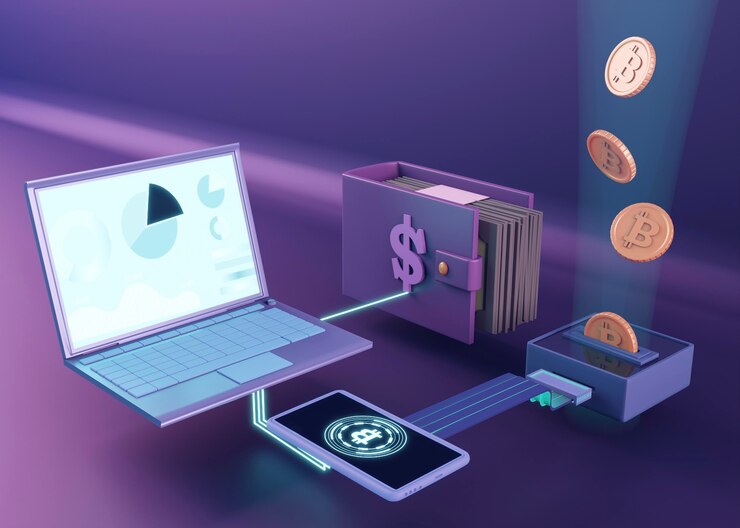Cryptocurrency mining is the process of verifying transactions and the creation of new coins on a given blockchain network. Mining is very profitable, but knowledge is the key, together with proper equipment and high energy consumption. In this blog, we will present to you the fundamentals of cryptocurrency mining—a step-by-step beginner’s guide.
What is Cryptocurrency Mining?
Mining involves solving complex mathematical problems to add new blocks to the blockchain. In this process, different miners will be competing against each other, and the miner who finds the correct solution first will be compensated in newly created coins and transaction fees. This is very important because it ensures that the blockchain is secure and integral.
Proof of Work: This is the most employed form of mining. It is presently in use by Bitcoin and several other cryptocurrencies. Miners in this category must solve various cryptographic puzzles, after which the transactions are verified and integrated into the blockchain.
Proof of Stake: It does not require puzzle solving. However, it integrates validators—that is, miners—based on the number of coins held by a certain user and are ready to “stake,” considered to be the collateral. Proof of Stake is less energy-intensive compared to PoW.
Equipment Necessary for Mining
Mining Hardware: This is solely dependent on what cryptocurrency one is looking to mine. Bitcoin mining necessitates specialized hardware referred to as ASICs, or Application-Specific Integrated Circuits. Other coins one may have an interest in can be mined with GPUs—Graphics Processing Units. Mining Software: Software required to be connected to the blockchain network, make use of one’s hardware, and oversee the mining process in general. Commonly used mining software includes CGMiner, BFGMiner, and EasyMiner.
Wallet: A digital wallet will be needed to store the mined cryptocurrency safely. These wallets may be hardware-based, including Ledger or Trezor, or software, like Electrum or Mycelium. Purchase the hardware that supports the cryptocurrency the person wants to mine. Software. This could include the mining software that supports the hardware and is suitable for cryptocurrencies or software-based wallets. Miner Configuration Choosing Your Cryptocurrency: Select the Cryptocurrency you want to mine. Look for its market value of the coin, the mining difficulty, and the requirements for hardware.
Hardware setup: Purchase and assemble all hardware. Ensure that the setup is optimized for performance and cooling, as heating might become an issue.
Installation of mining software: Download and install the software necessary for mining. Follow the instructions provided with the software to connect with the blockchain network of the selected cryptocurrency.
Join a Mining Pool: Mining alone can be challenging and unrewarding. When multiple miners combine their computational forces and share rewards, it increases the chance of participants in the mining pool to receive regular payouts.
Start Mining: Begin the process of mining and follow your progress through the mining software. Keep an eye on your hardware and software to maintain and improve performance.
Challenges and Considerations
Energy Use: Mining consumes energy at a tremendous pace. To be profitable, access and supply of low-cost and secure energy must be maintained. Heat Management: Mining equipment generates a lot of heat. To ensure protection and efficiency in operations, it calls for proper ventilation and cooling systems.
Profitability: Once again, mining profitability is in the hands of cryptocurrency prices, mining difficulties, and energy costs. Online calculators should be used to arrive at an estimate of profitability to come to a decision.

